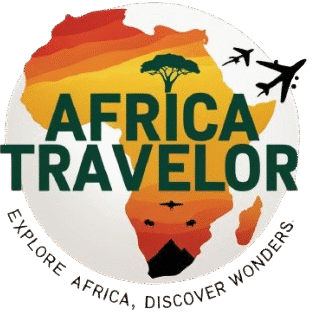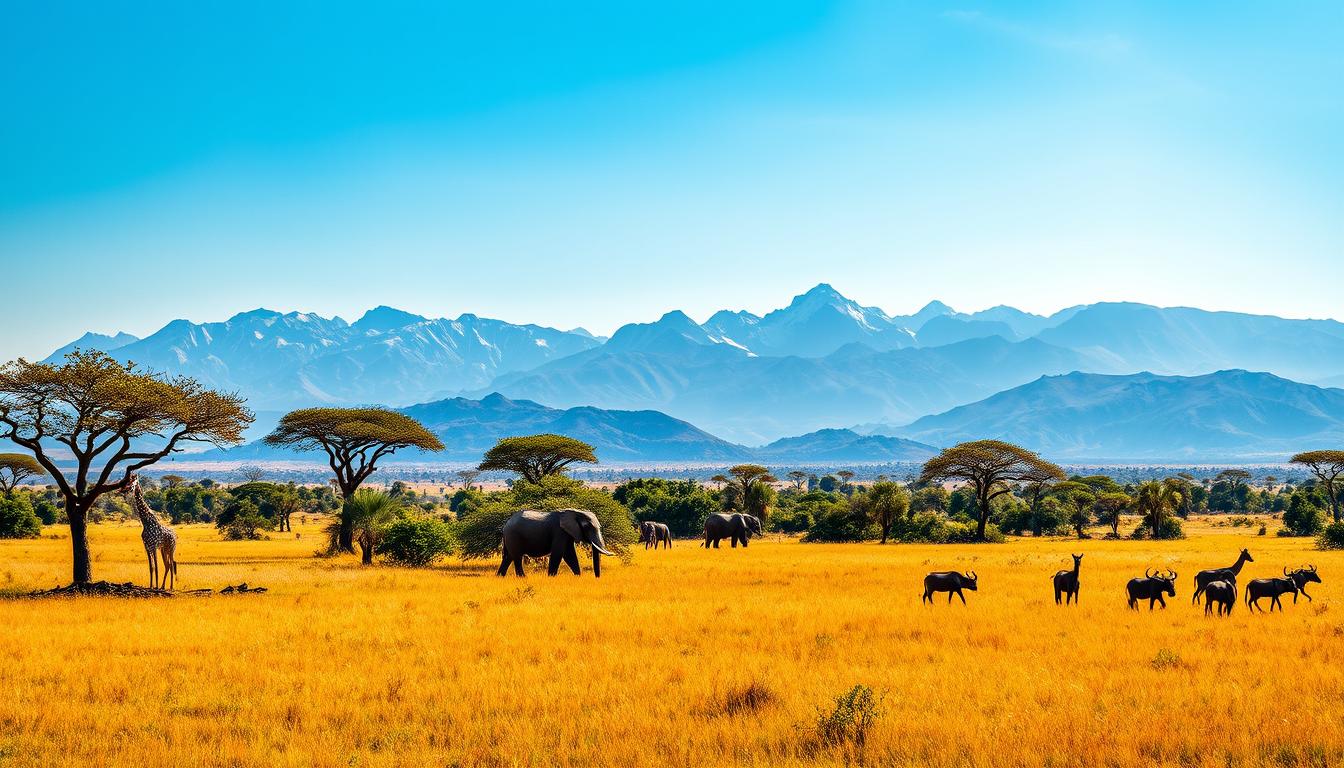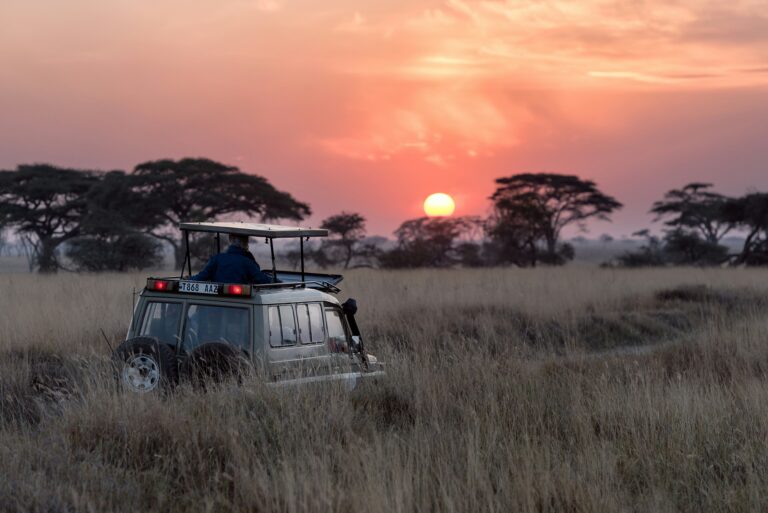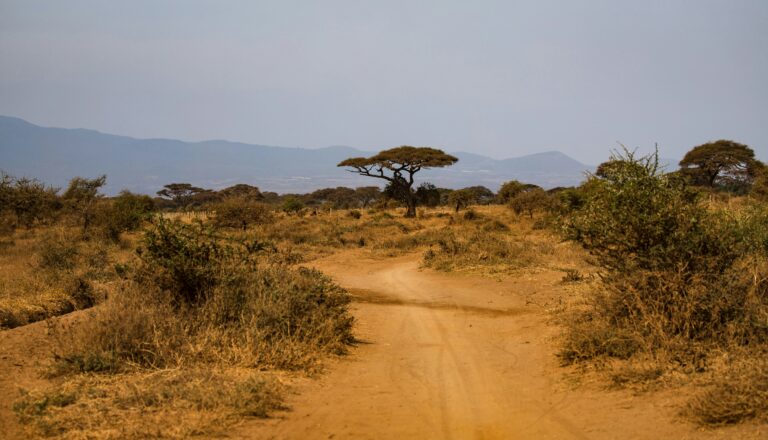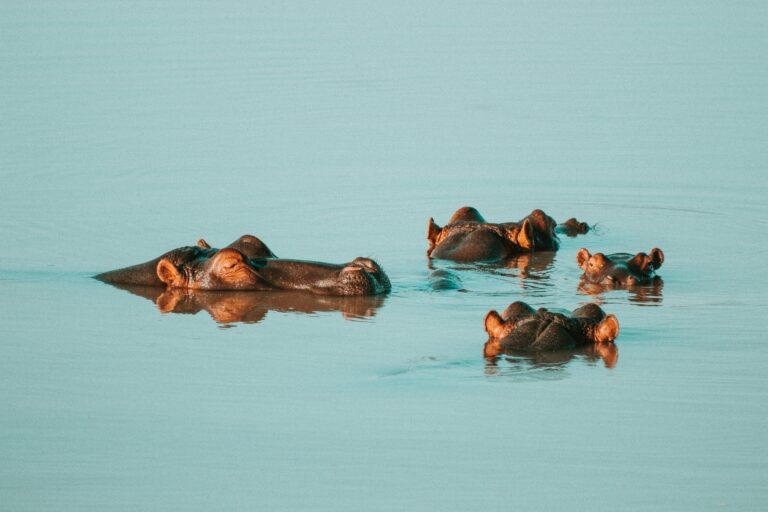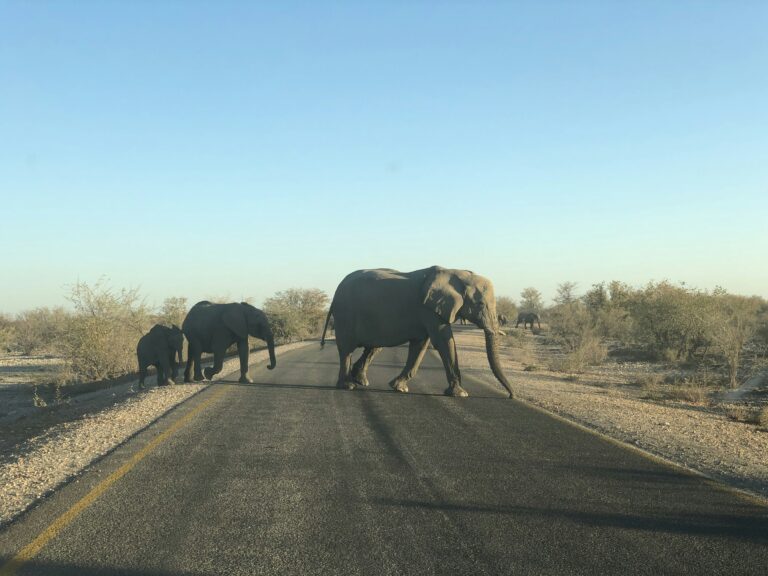East Africa vs. Southern Africa for Safaris: Complete Guide to Safari in Africa
Did you know that Africa is home to over 1,000 species of mammals, birds, and reptiles? It’s a paradise for wildlife lovers. When planning your next African adventure, you face a big choice: East Africa or Southern Africa for your safari?
Each region has its own unique attractions and diverse wildlife. East Africa offers majestic mountains and vast savannas for a special safari. Southern Africa has incredible landscapes and lots of wildlife.
This guide will help you choose the best region for your safari adventure. We’ll look at the logistics and wildlife experiences that will make your trip unforgettable.
The Major Safari Regions of Africa Explained
Planning a safari in Africa means knowing the difference between East and Southern Africa. Each region has its own landscapes and wildlife. It’s important to pick the right one for you.
Geographical Overview of East Africa
East Africa includes Kenya, Tanzania, and Uganda. It’s famous for its vast savannas and the Great Rift Valley. You’ll find mountains, lakes, and volcanoes, creating a home for many animals.
The Serengeti and Masai Mara are top spots for seeing animals move. They’re known as some of the best safari destinations in Africa.
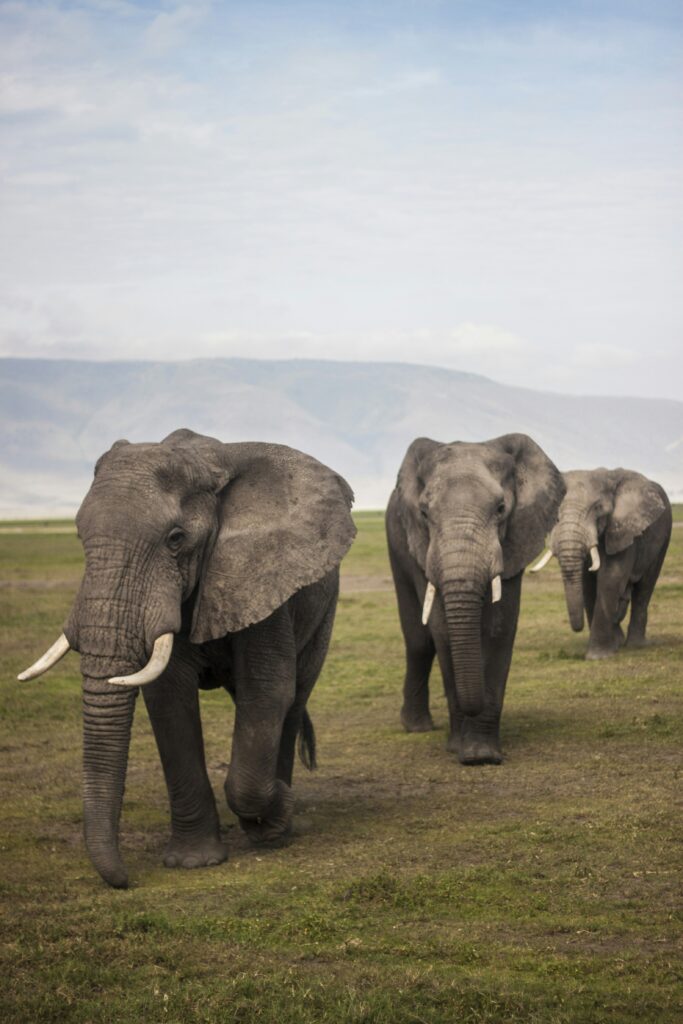
Geographical Overview of Southern Africa
Southern Africa covers South Africa, Botswana, and Namibia. It has everything from savannas to deserts. You’ll see unique places like the Okavango Delta and the Kalahari Desert.
This variety supports a wide range of animals. It’s a favorite for wildlife tours in Africa because of the Big Five.
Key Differences at a Glance
East and Southern Africa are different in geography, climate, and wildlife. Here’s a quick look:
- Geography: East Africa has savannas and the Great Rift Valley. Southern Africa has savannas, deserts, and deltas.
- Climate: East Africa’s climate is more stable. Southern Africa’s weather changes more.
- Wildlife: Both offer great wildlife views. But, the animals and experiences are different.
Knowing these differences helps you pick the right safari. Whether you want the Great Migration in East Africa or Southern Africa’s unique landscapes.
Wildlife Experiences: What to Expect in Each Region
Exploring Africa’s wilds, you’ll find amazing wildlife diversity. Each safari region offers unique wildlife encounters. These experiences cater to different interests and preferences.
Iconic East African Wildlife Encounters
East Africa is famous for its annual migrations. These events attract visitors worldwide. The Maasai Mara in Kenya and the Serengeti in Tanzania are the best places to see this.
You’ll likely spot many lions, elephants, and giraffes. This makes for a memorable luxury safari experience. Guided safaris here provide expert insights into these animals’ lives.

Unique Southern African Animal Experiences
Southern Africa has its own wildlife wonders. Kruger National Park in South Africa is great for seeing the Big Five. Chobe National Park in Botswana is known for its elephants.
The area’s varied landscapes support many animals. This means your safari will be filled with exciting wildlife encounters.
Rare Species and Where to Find Them
East and Southern Africa are key for rare species conservation. In Uganda and Rwanda, you can see mountain gorillas up close. Guided treks offer this unique experience.
For spotting rare animals, guided safaris in Africa can help. They tailor experiences to find these elusive creatures. This deepens your connection with nature.
| Region | Iconic Wildlife | Rare Species |
|---|---|---|
| East Africa | Lion, Elephant, Giraffe | Mountain Gorillas |
| Southern Africa | The Big Five | Desert-Adapted Elephants |
How to Choose Between East and Southern Africa
Choosing the right region for your safari adventure in Africa depends on several key factors. Both East and Southern Africa offer unique experiences. You can see the Great Migration or enjoy luxury safari lodges. Your decision should be based on your priorities, budget, and travel experience.
Assessing Your Safari Priorities
Start by identifying what matters most to you. Are you looking to witness the Great Migration, or are you more interested in spotting specific animals like the Big Five? East Africa, the Serengeti and Maasai Mara, is known for its abundant wildlife and the Great Migration.
Southern Africa offers a diverse range of wildlife experiences. You can go on safaris in the Kruger National Park or see elephants in Botswana’s Okavango Delta.
Consider your interests and what you hope to achieve on your safari. If luxury is a priority, look into safari adventure packages that offer high-end accommodations and guided tours.

Budget Considerations: Cost Comparisons
Your budget will also play a significant role in your decision. Compare the costs of safari lodges, guided tours, and other expenses in both regions. Generally, Southern Africa offers a wider range of accommodation options, from budget-friendly to luxury.
Travel Experience Level Assessment
Lastly, consider your travel experience level. If you’re a seasoned traveler, you might prefer the flexibility of self-drive safaris common in Southern Africa. If you’re less experienced, guided tours in East Africa might be more appealing.
By assessing your priorities, budget, and travel experience, you can make an informed decision that suits your needs.
Planning Your Safari in Africa: Step-by-Step Guide
Planning an African safari can seem overwhelming, but a step-by-step guide can help. To fully enjoy your adventure, consider several important factors.
Step1: Determine Your Ideal Travel Season
First, decide when to visit your chosen destination. African safari parks have different seasons. The dry season is best for spotting animals because they gather at water sources.
Learn about the climate and tourist seasons in your region. This helps avoid crowds and enhances your trip.
Step2: Set Your Budget Parameters
Setting a realistic budget is key for a stress-free safari. Think about the safari cost, travel, accommodations, and extra activities.
Here’s a cost breakdown for African safaris:
| Safari Type | Cost per Person per Night | Inclusions |
|---|---|---|
| Luxury Safari | $500-$1000 | Accommodation, meals, guided tours, activities |
| Mid-range Safari | $200-$500 | Accommodation, meals, guided tours |
| Budget Safari | $100-$200 | Basic accommodation, some meals, self-guided tours |
Step3: Choose Between Guided Tour or Independent Travel
Choose between a guided tour or traveling on your own. Guided tours provide local knowledge and eco-friendly safaris, making your trip more responsible and enriching.
Independent travel offers flexibility in your schedule. Think about what you want from your safari and choose wisely.
East African Safari Destinations: Country-by-Country Guide
East Africa is the perfect place for an African safari. It has amazing wildlife and beautiful landscapes. You can find famous national parks and wildlife reserves here, giving you many safari options.
Kenya: Masai Mara and Beyond
Kenya is known for its luxury safari experiences. The Masai Mara National Reserve is famous for lions and the wildebeest migration. Kenya also has Lake Turkana and the Rift Valley highlands, with their stunning views.
Tanzania: Serengeti and Ngorongoro
Tanzania is great for guided safaris in africa. The Serengeti National Park is a highlight, with its huge plains and the Great Migration. Don’t miss the Ngorongoro Conservation Area, with its crater and wildlife.
Uganda and Rwanda: Gorilla Trekking
Uganda and Rwanda offer gorilla trekking in the Virunga Mountains. It’s a chance to see mountain gorillas in the wild. This experience is unforgettable.
Each East African country has its own safari adventure. From Kenya and Tanzania’s savannas to Uganda and Rwanda’s forests. Whether you want luxury safari experiences or guided safaris in africa, East Africa has it all.
Southern African Safari Destinations: Country-by-Country Guide
Southern Africa is known for its rich wildlife and varied landscapes. It’s a top choice for safaris, with experiences ranging from stunning views to close wildlife encounters.
South Africa: Kruger and Private Reserves
South Africa boasts the Kruger National Park, one of Africa’s biggest game reserves. It’s a must-see for its diverse wildlife, including the Big Five. Private reserves like Sabi Sands and Madikwe offer luxury lodges for exclusive wildlife experiences.
Botswana: Okavango Delta and Chobe
Botswana is perfect for those who love untouched nature. The Okavango Delta is a UNESCO World Heritage Site, ideal for mokoro safaris. Chobe National Park is home to large elephant herds, making it great for safari adventures.
Namibia, Zimbabwe, and Zambia Highlights
Namibia’s Etosha National Park is known for its salt pans and wildlife. Zimbabwe’s Hwange National Park has a huge elephant population. Zambia’s South Luangwa National Park is famous for walking safaris and abundant wildlife. Each place offers unique safari experiences.
| Country | Key Safari Destinations | Notable Wildlife |
|---|---|---|
| South Africa | Kruger National Park, Sabi Sands | Big Five, cheetahs, hyenas |
| Botswana | Okavango Delta, Chobe National Park | Elephants, lions, leopards |
| Namibia | Etosha National Park | Elephants, rhinos, giraffes |
| Zimbabwe | Hwange National Park | Elephants, lions, wild dogs |
| Zambia | South Luangwa National Park | Leopards, lions, hippos |
Looking for luxury or adventure? Southern Africa has it all. With its diverse wildlife and stunning landscapes, it promises unforgettable memories.
How to Book and Prepare for Your Safari in Africa
After picking your African safari spot, it’s time to prepare. Booking and getting ready are key steps. They can greatly affect your safari experience.
Working with Safari Specialists vs. DIY Planning
Choosing between safari specialists and DIY planning is important. Specialists offer knowledge, ease, and sometimes, better deals. DIY planning lets you have control and flexibility. Think about what matters most to you.
Essential Documents and Health Preparations
Make sure you have all needed documents before your safari. This includes a valid passport, visas, and travel insurance. Also, talk to your doctor about vaccinations and medications for Africa.
Packing Guide for Different Safari Environments
Packing for a safari depends on the environment. For savannahs, wear light, breathable clothes. Forest safaris might need more protective gear. Remember to pack sunscreen, a hat, and binoculars.
| Safari Environment | Clothing | Essentials |
|---|---|---|
| Savannah | Light, breathable clothing | Sunscreen, hat |
| Forest | Protective gear, long sleeves | Insect repellent, sturdy boots |
| Desert | Lightweight, protective clothing | Sunglasses, lip balm with SPF |
Safari Styles and Accommodation Options Compared
Planning your African safari means choosing between different styles and places to stay. African safaris offer luxury safari experiences with fine dining and comfy places to sleep. They also have budget-friendly options for those who love the wild adventure.
Luxury vs. Budget Safari Experiences
Luxury safaris have top-notch amenities like private pools and gourmet meals. They’re led by skilled rangers. These eco-friendly safaris also help protect nature and support local people.
Budget safaris are more basic, with places to stay from simple lodges to camping. They might not have fancy things, but they let you really feel the outdoors.
Mobile Camping vs. Permanent Lodges
Mobile camping lets you see different places and animals. You move around to explore new areas. Permanent lodges, though, offer a cozy place to stay with extras like pools.
It’s up to you if you want to keep moving or enjoy a fixed spot.
Self-Drive vs. Guided Safari Tours
Self-drive safaris let you go at your own speed. You use your car to see the wild. Guided tours, led by experts, teach you about the animals and their homes.
Self-drive gives you freedom, but guided tours offer knowledge and safety.
Responsible Safari Tourism: Ethical Considerations
When planning your African safari, think about the impact of your travel. Your choices can affect the environment, local communities, and wildlife. It’s important to travel responsibly.
Choosing Eco-Friendly Safari Operators
Choosing an eco-friendly safari operator is key. Look for those who follow sustainable tourism. They should reduce waste, save water, and protect wildlife habitats. Look for certifications from ECO Tourism or Tourism for Sustainability.
Cultural Sensitivity in East and Southern Africa
Traveling in East and Southern Africa requires cultural sensitivity. Respect local customs, traditions, and communities. Simple actions like dressing modestly and asking before taking photos can help a lot.
Conservation Efforts and How You Can Contribute
Your safari can help with conservation. Many operators support local projects like anti-poaching and community conservation. You can help by supporting these efforts during your trip.
- Choose safari operators with strong environmental policies.
- Support local communities through responsible tourism practices.
- Participate in conservation efforts when possible.
Conclusion: Making Your Final Decision
Now you’ve looked into East and Southern African safaris. It’s time to decide. Your choice depends on what you want, how much you can spend, and your travel experience. Whether you prefer East Africa’s landscapes or Southern Africa’s wildlife, your safari in Africa will be amazing.
Think about the wildlife, landscapes, and safari styles each region has. East Africa’s Serengeti and Masai Mara are famous for their migrations. Southern Africa’s Okavango Delta and Kruger National Park offer unique wildlife experiences. Your African safaris will be shaped by your choice, so think it over.
Your decision is about what you want from your safari. With good planning and the right help, you’re set for an amazing safari in Africa. Choose a responsible safari operator to help protect Africa’s wildlife and nature.
